By Jason Harris
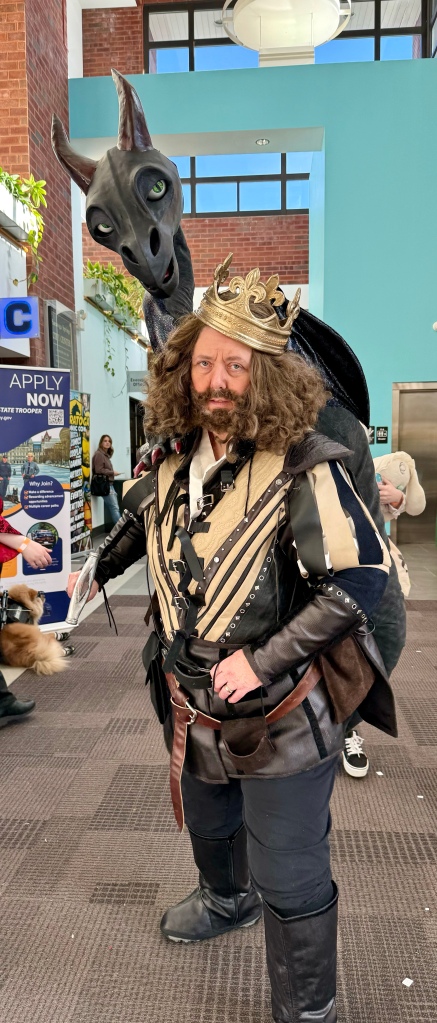






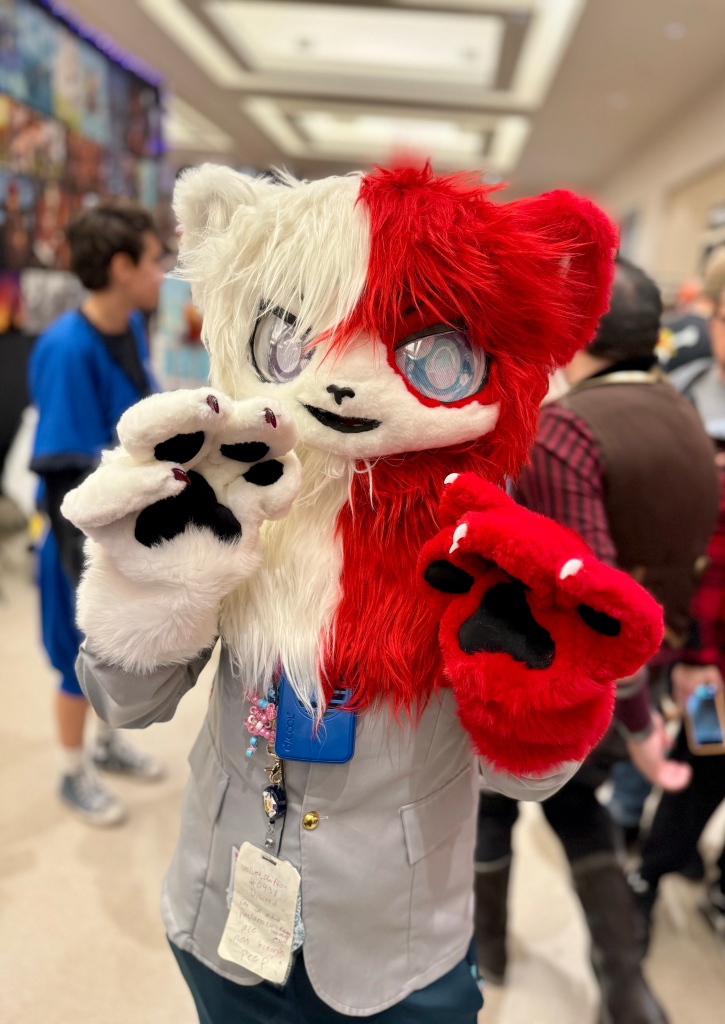
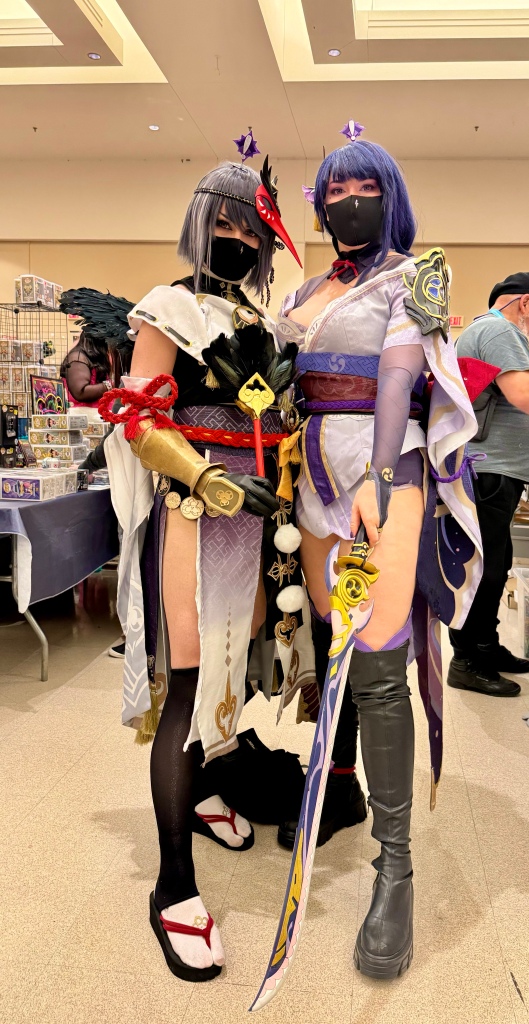


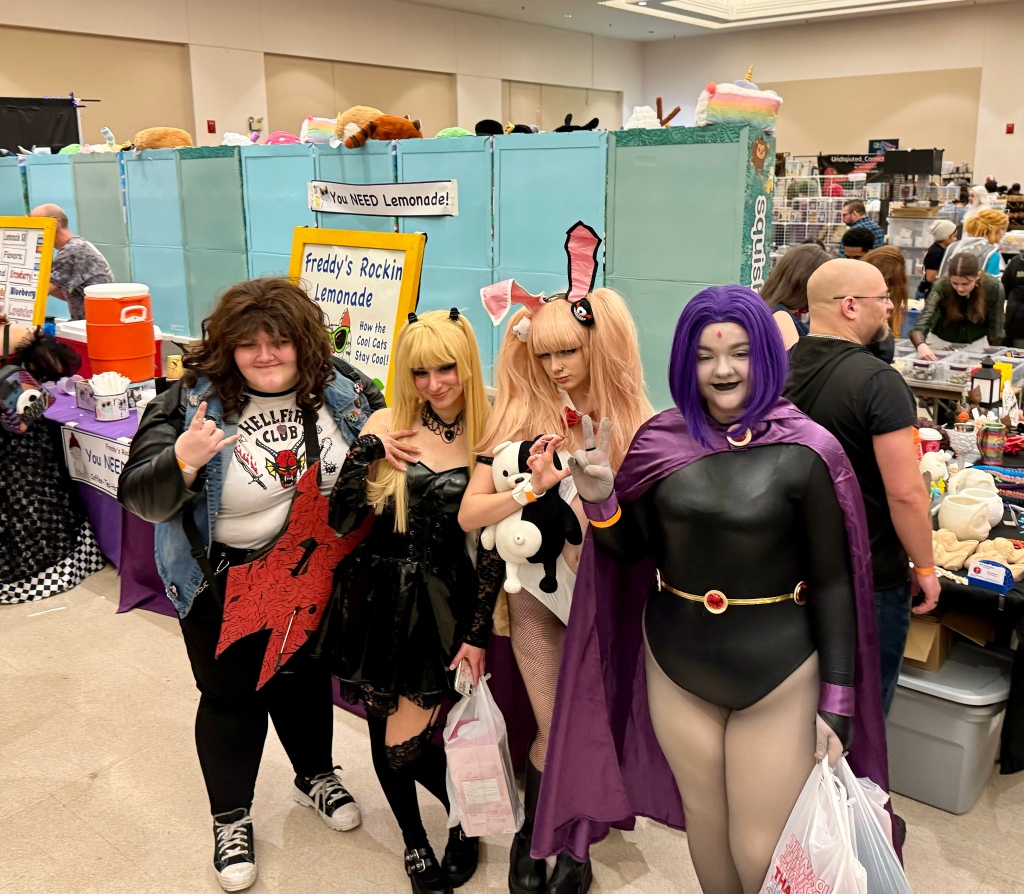





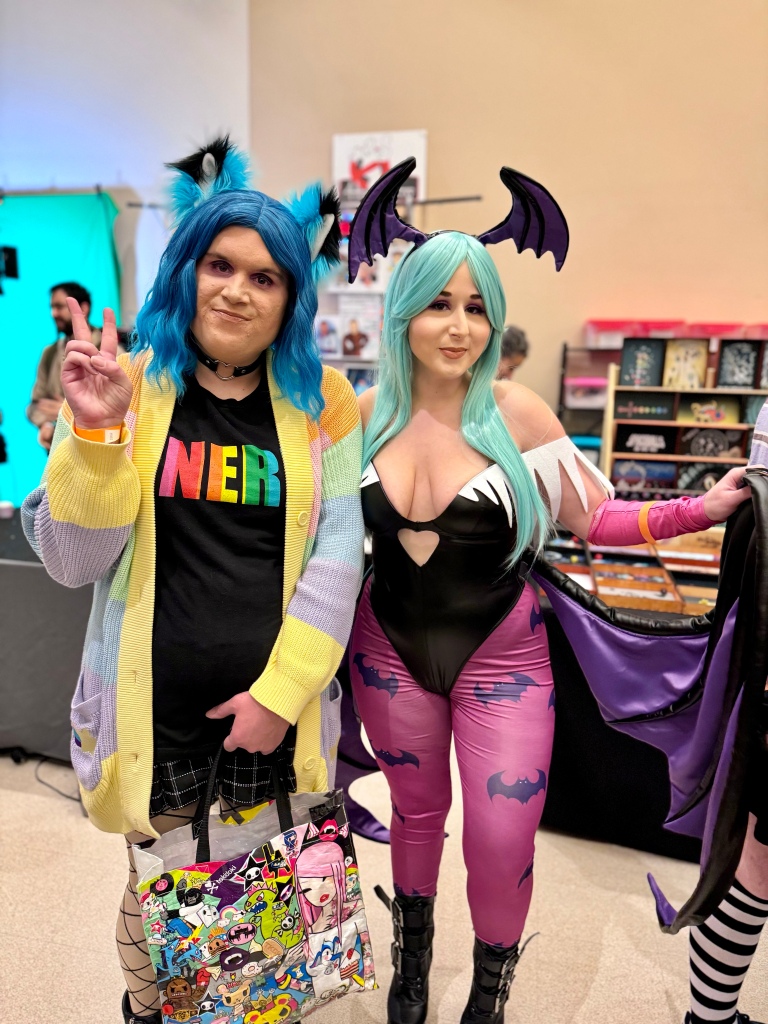





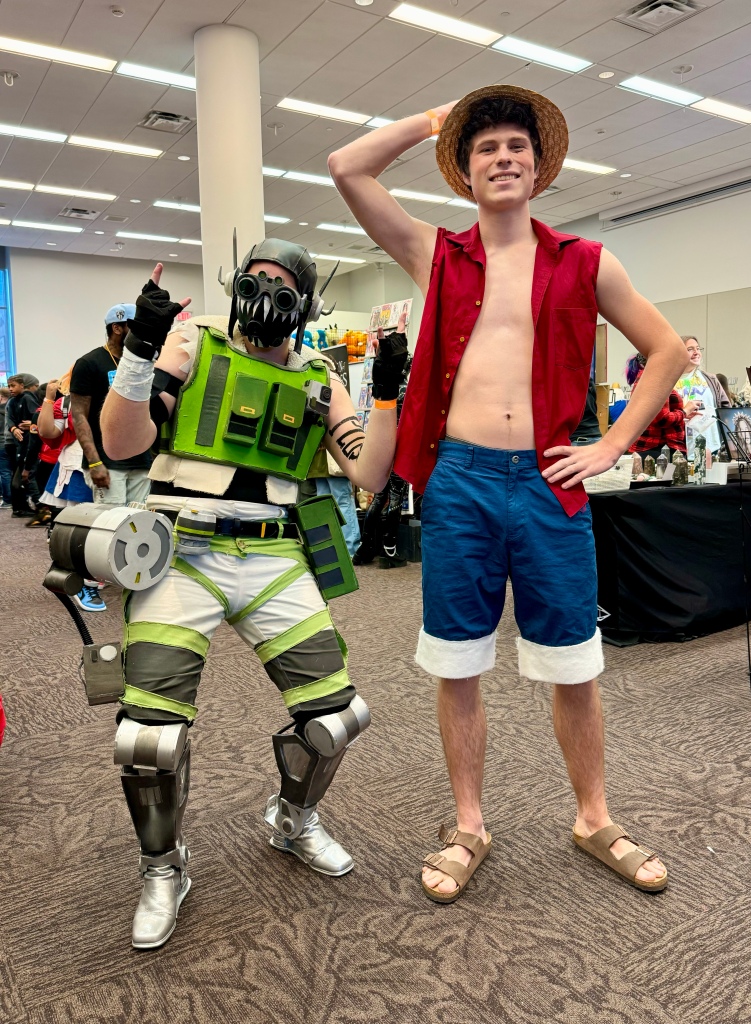
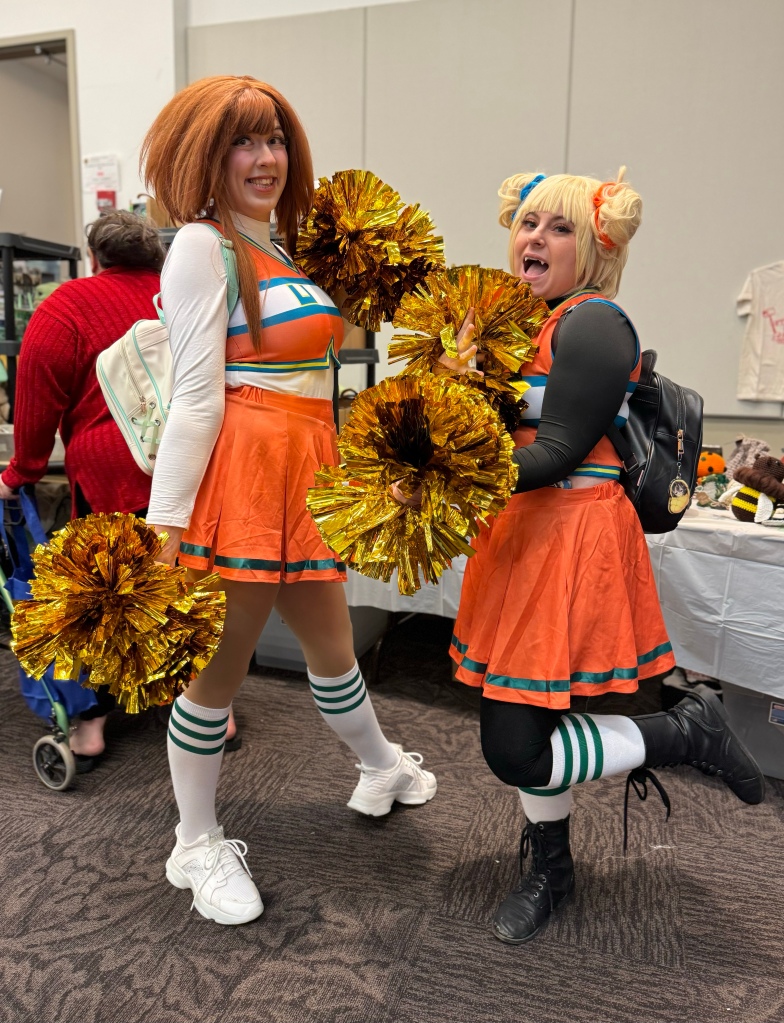
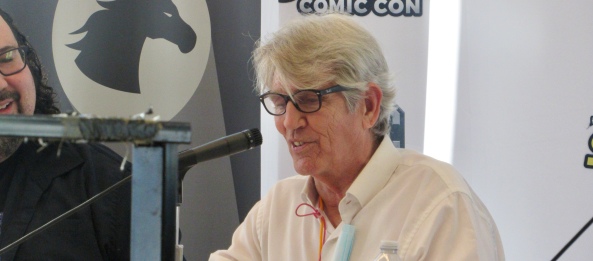
By Jason Harris

























By Jason Harris

On Saturday, February 25, the Ashland Public Library held a “Mini-horror Book Festival” where six authors spoke and signed their books.
The aurhors attending were Errick Nunnally, Paul Tremblay, Eric LaRocca, Kayla Cottingham, Gretchen Felker-Martin, and Christopher Golden.






Author Christopher Golden, the organizer of the event at the ACT Theatre in Andover, MA.

The Childhood Horrors panel: (from left to right) authors Thomas Sniegoski, Mallory O’Meara, Paul Tremblay, Scott Goudsward, and Holly Newstein Hautala.

The Seize the Night: New Tales of Vampiric Horror panel: (From left to right) authors Christopher Golden, Dana Cameron, Leigh Perry, Rio Youers, and John Langan.

The New England Horror Tradition panel: (left to right) authors Jason Ciaramella, Caitlin Kittredge, Jack M. Haringa, John M. Mcllveen, and Glenn Chadbourne.

The Anatomy of Horror: What is Scary? panel: (left to right) authors Errick Nunnally, Myke Cole, Sarah Langan, and Kelly Link.

Authors Dale T. Phillips, Vlad V., Ursula Wong, and Stacey Longo at the Books & Boos‘ tables.

From left to right: Emily Drouin, an illustrator, comic book artist, caricaturist, and painter and Jeremy Drouin, writer.

The Writing, Editing, and Collaborating on a Book Panel: authors David Daniel, Dale T. Phillips, Stacey Longo, and Vlad V., the authors in the collection, Insanity Tales, published by Books and Boos Press. Photo by Jason Rivers.
You can find out about Queen City Kamikaze here.
To celebrate the tenth anniversary of the release of the dark comedy, Throg, Stacey Longo caught up with director Matthew T. Power to discuss the ins and outs of what is arguably his masterpiece.
SL: Matt, thank you so much for taking the time to talk to me. I think the first thing our Throg fans will want to know is, how did Throg come to be?
MTP: At a local indie film screening we actually showed a three-minute pilot scene of Throg walking into the Sword in the Stone scene in the woods, pulling the sword out and the stone, tossing the sword away and walking off with the stone. The audience went NUTS. So we (perhaps crazily) said . . . Throg needs to be a movie!
By the way, here’s a link to an article on Throg special effects I wrote for Moviemaker magazine: http://www.moviemaker.com/archives/moviemaking/directing/articles-directing/chromakeying-can-change-your-life-2935/
SL: Had you directed or acted in anything prior to Throg?
MTP: Well, I had directed a few plays in college, and done a lot of acting. I trained at National Shakespeare Conservatory and the University of Maine, got my degree in theater . . . and my dad is a theater professor/director who was actually pals with Kurt Vonnegut. Tony Shalhoub was one of his acting students, too. I still do acting now and then—usually Shakespeare—I played Caliban in The Tempest at the Freeport Shakespeare Festival a couple of years ago, then Sir Andrew Aguecheek in Twelfth Night a year later. Recently I played the lead in an Irish stage drama called Someone to Watch Over Me.
SL: Well, that explains the Shakespearean undertones in Throg! You were able to get some fabulous actors for this film—Dana Lee, Stephanie Hughes, Dale Phillips, and your own performance as the Fool were among my favorites. Where did you find your cast?
MTP: Some were just old friends like Dana and Dale, who had done medieval reenactment with me for years … others were people I met in theater school, and others were anyone we could get to wear a pig suit! My friend Dennis Green — Urshag the Destroyer, the big villain — passed away this year. He was a gentle giant and we really miss him … so gentle that we sometimes had a hard time getting him to be “scary” in the part.
SL: That’s terrible news, and I’m sorry to hear it. Urshag was certainly a memorable part! Watching the movie, one gets the sense that you were all having a lot of fun filming Throg. What was shooting like?
MTP: Well, it took us four years to shoot it, mostly on weekends, and it was often fun and we laughed a lot, though it was also very exhausting. We had no crew really, so a handful of us: Melissa Ross, Lori Power, Wayne Woodbury and myself, had to lug lights, gear, costumes and so on everywhere we went and that started to wear after about the third year. For the last shoot, we rented an airplane to shoot Throg on that island getting hit by bird crap and we “missed” when we tossed the bird crap, and had to crawl on hands & knees scraping it out. That was the last straw for some of our poor crew—we needed it to end!
SL: What was the budget for this fine movie?
MTP: We paid the whole thing out of pocket, probably a total of about $35k over the whole period, which I attribute to my being in film school. We spread out the pain, in other words.
SL: Tell us about the Boston International Film award you won for Throg.
MTP: The award we won was for Best Cinematography, and I think it was in 2004. The movie also showed at the Magic Film Festival in Maine and the Rome International Film Festival in Georgia. We sort of annoyed all the “serious” filmmakers at that last one, because Throg got a huge front page write-up in the local paper, and I kind of agree with [the other filmmakers] that the films they had there were probably more important socially and, well, just better. But I did get a laugh out of some of the curves that Throg’s very short-lived popularity threw at us. I always looked at the movie as an in-house experiment, not something I’d want to show off to the world . . . I don’t take criticism or praise too seriously; that’s a good way to lose your creative drive.
SL: I think Throg fans everywhere are dying to know: are there any plans for a sequel?
MTP: Not to the film, but I’m really interested in making an interactive graphic comic that could include clips from the movie as a special bonus . . . and I think the Throg character could continue to have many adventures and maybe eventually his own web video series of shorts.
SL: Where can people go to learn more about you/your company/the movie?
MTP: Well, right now I don’t have a Throg website or anything up that tells much about the film. I have done a lot of other short videos since then, including a comedy that won Best Comedy at the Phoenix Film Festival, if people want to see other stuff I’ve done post-Throg.
SL: Well, Matt, thank you so much for taking the time to talk with us today. We look forward to seeing your next endeavors, especially if they’re as enjoyable as Throg!
MTP: Thanks, Stacey.
Books & Boos will be sharing space with Fenham Publishing this weekend at Rock & Shock, which runs from Oct. 17 through 19. Publisher Jim Dyer will be representing Fenham Publishing and author Stacey Longo will be on-hand to sign her books (Secret Things, Insanity Tales) at the Books & Boos table. Longo is also a movie reviewer and writer for Jason Harris Promotions. She will be on the Writing panel with Joe Knetter at 12 p.m. on Saturday.
This past Tuesday evening author Stacey Longo read a story from her current collection, Secret Things, to a responsive crowd at the Saxton B Little Public Library in Columbia, CT. She even read the prologue of her recently sold novel, Ordinary Boy, which will be published by Dark Alley Press in early 2015.
There will be a second chance to meet Longo when all the authors on the trail participate at the finale event to be held at the Mohegan Sun Cabaret on Thursday, Sept. 4 from 6:15 to 9 p.m. Find out more here.
Find out about the Connecticut Authors Trail here.
 The cast of Marvel’s Guardians of the Galaxy will be conducting a live Q & A on Monday, May 19 at 10 a.m. (PT) on Facebook. Cast members involved in this event are Chris Pratt (Peter Quill/ Star-Lord), Dave Bautista (Drax the Destroyer), Karen Gillan (Nebula) and director James Gunn (Super, Slither).
The cast of Marvel’s Guardians of the Galaxy will be conducting a live Q & A on Monday, May 19 at 10 a.m. (PT) on Facebook. Cast members involved in this event are Chris Pratt (Peter Quill/ Star-Lord), Dave Bautista (Drax the Destroyer), Karen Gillan (Nebula) and director James Gunn (Super, Slither).
Along with the Q&A happening on May 19, the world premiere f the movie’s trailer will also take place. Click here for the Facebook link to the Q&A and trailer.
STORY SYNOPSIS:
From Marvel, the studio that brought you the global blockbuster franchises of Iron Man, Thor, Captain America and The Avengers, comes a new team—the Guardians of the Galaxy. An action-packed, epic space adventure, Marvel’s Guardians of the Galaxy expands the Marvel Cinematic Universe into the cosmos, where brash adventurer Peter Quill finds himself the object of an unrelenting bounty hunt after stealing a mysterious orb coveted by Ronan, a powerful villain with ambitions that threaten the entire universe. To evade the ever-persistent Ronan, Quill is forced into an uneasy truce with a quartet of disparate misfits—Rocket, a gun-toting raccoon, Groot, a tree-like humanoid, the deadly and enigmatic Gamora and the revenge-driven Drax the Destroyer. But when Quill discovers the true power of the orb and the menace it poses to the cosmos, he must do his best to rally his ragtag rivals for a last, desperate stand—with the galaxy’s fate in the balance.
JH: Your adventure in writing started in 2001. How did that come about?
CB: I had just started secondary school at age 11, and had always enjoyed reading in my spare time. In English classes, my passion for writing began to flourish, partially because of support from teachers, as well as at home, so it became something I enjoyed and felt confident in pursuing.
JH: The Cathy Stories came about from your time in school. Can you tell my readers how that came about, what’s it about and how long this work is?
CB: This book still makes me smile now, mostly because I get very nostalgic when talking about it. It was a fun piece to write, probably only 50 or so pages long, and was all about “Cathy” the main character, and her friends, who battled evil demons while having to crack puzzles and codes. It was all based in at school, too, so the mentors in the book were all based on teachers. It was a comedy, and it was my first attempt at writing for a particular audience.
JH: How did the opening of your first book, Whistler’s Travels, come about being published by Manchester Metropolitan University and why only the opening?
CB: This was a piece I submitted as part of a writing competition, and so I got it published that way. At that point I had only written the opening, so it was a good opportunity to test the water, and see if it was something worth following up [on].
JH: What inspired you to write your first book and what was the idea behind it?
CB: My first serious completed work was Eden from the Ashes. With it being my first piece, looking back I feel it is quite disjointed, so I will definitely be undertaking a huge re-edit before it comes into the public domain. It was a really interesting project for me, as it allowed me to experiment and really understand the freedom of writing. I finished that book when I was around 18, so it will be good for me to have a look back, and try and develop some of the ideas behind it.
I was inspired to write it as I had suffered hugely from bullying, and as, at the time, I was a very shy, reserved person, I had no real outlet to express how I was feeling. This is where writing became a huge emotional support for me, and continues to help me alleviate stress as well as being a very enjoyable pastime.
JH: The title for Whistler’s Travels was changed to Eden from the Ashes? What is it about and what was the reason behind the name change?
CB: The book itself is a fantasy fiction, focused on a socially isolated character, who decides to leave the village he has lived in all his life, and break away into the unknown. The story is about him developing as a person, learning more about his interests and limits, and understanding how his interests and habits had been formed by his environment, not be his personal choice.
The title Whistlers Travels was never a serious title for me. It came about because I needed a name to reference my work, and that was a simple one. It kind of stuck, however, but once it was finished, I wasnt happy with that as a final title. It didn’t fit well with the storyline as it had developed, and didn’t really give an insight as to the meaningfulness of the book to me. Eden from the Ashes is much more fitting.
JH: Your second work Nomed was also re-named. It changed to Apocalypse 2012, then to Man Down, then to The Children of Manson. What’s this work about and is there a story behind all the different title changes?
CB: The Children of Manson is a horror [story], which ties together terror, gore, and psychosis, with a subtle political undertone. It was a way of expressing some of my views about some real life issues as an undertone, while the predominant storyline was horror. It centres around Dee, a student who seeks comfort from her isolation at University from her flatmate Lily, and their friendship quickly blossoms into something more.
Unbeknownst to Dee, a sinister figure is watching her closely. He grows exceedingly paranoid as he tracks her movements over time, as he fears she knows about his own dark secrets. Underneath the home in which he is cared for, a maze of passageways are home to a cult following, vigilant in their tasks under Lloyd’s watchful eye.
Their aim? To prevent pregnancy, destroy fertility, and if necessary, will go to the very extreme to achieve their goals.
The reason for the many name changes was that the book underwent a huge re-edit, where the plot line massively changed. For this reason the first title was no longer relevant. I re-named it Man Down to continue the story, but again, wasn’t entirely happy with this new title either. It was when I decided on the cult following as a major part of the storyline that I became set on The Children of Manson. There are also other subtleties in the storyline , for example the “Family” reference, that helped me decide that this was a most fitting title.
JH: You published The Sick & Sombre Tales of Sinister Town-Part 1 this past October. This was another work of yours to sustain a name change. Why the name change and why break it up into different parts? And how many parts will there be?
CB: The name change was to allow myself some flexibility as to the content. My focus for Part 1 was to give some background as to the characters and the general environment of Sinister Town. Initially there were 7 short stories, but I felt some were better placed in Part 2, so I needed to change the title to reflect that.
At the moment, I plan there to be 3 parts. Part 2 is well on its way to completion, and I’m already building some ideas for Part 3. Whether there will be further parts after that … we will just have to wait and see.
JH: What are the different styles and what’s the impetus behind this series?
CB: I’m planning for the three parts to have three different focuses, i.e. the first one was about building up the actual characters who live in Sinister Town, so the next part will [focus] instead on an invader to the town, and the defense mechanisms the town uses to keep intruders out.
JH: Do you have a specific writing style?
CB: I think my writing style is quite distinguished, in that it is probably recognizable, but in saying that, I try to experiment with different styles depending on what I’m writing, and the type of atmosphere I’m trying to create.
JH: What genres do you write in?
CB: I write predominantly horror, though I am thinking of expanding in to fantasy/comedy, as I have bits and bobs still in the planning stages.
JH: Who is your favorite author/authors and what is it that really strikes you about their work?
CB: My favorite author is Stephen King; my favorite work by him was a joint piece with Peter Straub, called Black House. It is to this day the best book I have ever read in terms of fear. I remember vividly being too scared to turn the page, and even flipping forward a couple of pages first to steel myself into going back to read it.
That is what inspired me to write horror myself. I want to instill that feeling in others; I feel that the images the imagination conjures are so much more powerful than those fed to us by films.
JH: What books have most influenced your life the most?
CB: R.L. Stine deserves a lot of the credit for introducing me to the horror genre as a child (though I enjoyed all sorts of non-horror titles as well), as I would devour his books every evening after school.
Through my teenage years I did read some of R. L. Stine’s more mature works, but quickly became enthralled by Stephen King, and have never looked back. In fact, I have two of his books by my bedside as I type this!
JH: What are your current projects?
CB: I am currently working on a new horror [story], called The Black Sheep. I am looking to create a piece that explores the deep emotional effects of bullying, and the characters in this book play out a physical expression of those effects.
JH: Where can readers find your work and find out more about you?
Please have a look at my website to find out more. You can also find me on Twitter: @TheCathyStories. On Facebook. I am also on Google Plus or on Amazon.

Author Thomas Fatone took over 15 years to complete his book, The Signs of Connecticut. It took him 13 years to drive around the state taking the pictures of all the blue town history signs and another two years to write the book, he said.
1. What was the impetus behind the book?
My impetus behind the book was my interest in history within the state I live. I also did not have much money to travel to far places when I was younger, so I decided to make Connecticut my own little playground, traveling to all corners of our great state. The CT Post did a story about me when I was 50 signs in. They said “give us a call when you write your book.”
2. What year did you start the project? How old were you at the time?
My project began with my 1st picture of the Trumbull Sign in 1997. I was approx. 29 years old at this time, still had hair and was wet behind the ears. It had taken me a lifetime to finally stop and take a picture of this 1st sign. From there on in, I was hooked!
3. Did your job as a traffic coordinator for the Department of Transportation inspire this project? And did having the job help you in your project at all?
Working as a traffic coordinator helped me a great deal when it came to this book. My job has me dealing with maps often. So by working with the maps, it helped me a great deal in getting familiar with the roads before they were traveled.
4. What were some of the most memorable towns in Connecticut that you visited?
This is a question I receive often. There is not one favorite town, but I like to go with my top 5. They would be, in no order: Washington, Ridgefield, Milford, Woodstock and Branford. This list could continue, but these are the most memorable.
5. Since you will be speaking at Books & Boos in Colchester in March, did you learn anything about Colchester when you took a picture of the Colchester sign?
The thing that’s stands out about Colchester is that it seems all the state roads in the state come together here at the town green. I also, learned about legendary Harry’s, as it was right down the road. Of course, I stopped for a hot dog and shake.
6. Where is the Colchester sign located?
The Colchester sign is located on its town green, like most of the 169 signs. But not all.
7. Did you learn anything about the different Connecticut towns during your travels that you didn’t know about them?
There are so many things I learned about CT while traveling the state and taking the pictures of the signs. This is why I wrote this book, as I wanted to share my experience. Some that stand out are that the highest point of the state is in Salisbury, visiting the Book Barn in Niantic, and that Mystic is not officially one of the 169 towns. How about getting books for buying a meal at the Travelers Restaurant in Enfield?
8. Since you have been to all 169 towns of Connecticut, have you thought about writing a book about what each town offers and what people can find there?
In my book, I not only have taken the pictures of the blue town history signs, but I have also documented my experience as well. It’s two stories in one. You have the history of the town itself based on what is written on the sign. Then you have my experience, based on a place I ate, a person I met, a picture I took and anything off the beaten path.
9. Do you have any current projects?
At this time, I have no current projects in mind, though I would love to do another book. Maybe boroughs of Connecticut, more signs of Connecticut or anything Connecticut. I love this state!
You can order The Signs of Connecticut here. You can also check out the book’s Facebook page here.
Thomas Fatone will be at Books & Boos with his book, The Signs of Connecticut, on Saturday, March 8, from 5 p.m. to 7 p.m. He will talk about his experience working on the book and answer any questions about this endeavor.